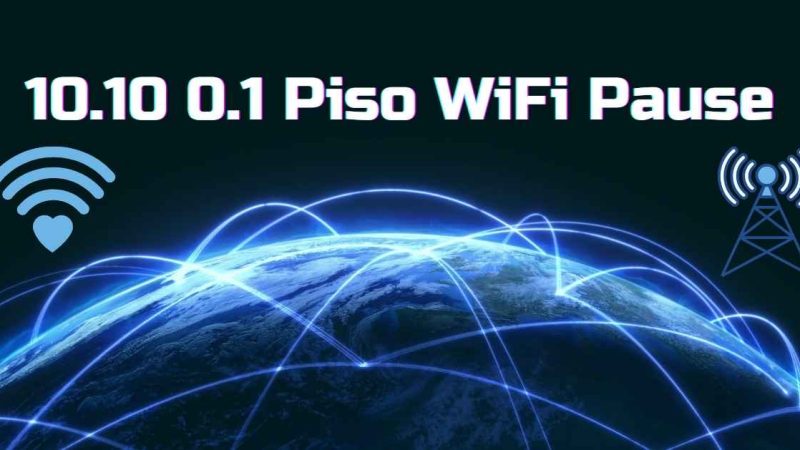What Is Network Monitoring? Definition, Tools and Its Benefits

Monitoring the grid is essential to ensure optimal performance, as any disruption can cause catastrophic effects on the entire system. Cloud-based network monitoring can improve your business operations, providing greater efficiency, cost savings, and better security.
Web monitoring practices and tools help grid admins identify problems quickly, preventing outages, and optimizing networks for better collaboration.
Companies rely on a web infrastructure that is secure, reliable and maximizes employee productivity.
What Is Network Monitoring?
Network management refers to identifying and addressing issues with computer networks. Network outages can be caused by a variety of factors, such as crashed servers, overloaded components, failed adjustments and weakening routers.
NMSs alert network administrators of outages, enabling a quick response and resolution. Administrators use network admin and monitoring software to ensure proper procedures are followed.
Network monitoring services allow handlers to check that their web servers are connected to the internet and functioning properly. Many Network Management solutions offer visualizations of networks and provide access to freeware, allowing for comprehensive monitoring and control.
Use Cases for Network Monitoring
NM can be advantageous for a variety of tasks, such as data analysis, decision-making, and natural language processing.
-
Data Center Scrutiny
Network engineers benefit hugely from real-time data collection capabilities that are offered by this technology. By monitoring its Syslog servers, It can provide them with helpful notifications, such as if there is any unexpected device failure, soaring temperature, power cut, or limitations in the network capacity.
-
Monitor Cloud Network
Cloud hosting providers are using network monitoring tools to analyze program interdependencies. Technology experts can better manage cloud network monitoring costs by analyzing traffic across regions and different cloud providers.
-
Containerized Network Monitoring
Containers make it easy to package and distribute software across different operating systems, making collaboration more efficient. Containerized application communication can be checked quickly and accurately, regardless of location.
Network Monitoring Tools
Network monitoring tools prioritize improvement, fault, and account supervision. With their help, programs and email servers can also be tested. Finding the right tool for monitoring your network can be challenging, but it’s important to find one that offers comprehensive research and tracking. NMS options are summarized here to aid in finding the right one.
-
ipMonitor
-
Nagios
-
PRTG
-
ManageEngine OpManager
-
NetFlow Traffic Analyzer
-
Network Performance Monitor
Benefits of Network Monitoring
Automated Network Visibility/Documentation
Cloud-based network monitoring lets you track all activity on your network. Network monitoring allows for monitoring of network traffic, performance, applications and data analytics. Automated network visibility and documentation are essential for keeping networks secure and running smoothly.
Intelligently Analyze Network Traffic
Network traffic analysis is easy with individual operations monitoring. Cloud-based monitoring enables network traffic analysis that can detect security threats early and provide an effective response.
Efficiently Manage Distributed Sites
Cloud-based network monitoring allows you to remotely manage multiple sites and standardize your network management.
Put Privacy and Security First
Cloud networks are more secure with two-factor authentication (2FA) which provides additional layers of security to deter attackers. Network protection can be enhanced with firewalls, permission restrictions, and audit logs.
Efficiently Manage Business Risks
Monitoring app usage, analyzing traffic and detecting vulnerable network devices are effective ways to manage business risks. Monitoring apps can alert you to security issues and prove your business network’s innocence if your ISP is at fault.
Promotes Business Operations
Monitoring network activities can significantly improve business operations, allowing for better staff management and quicker response to network issues. AI can quickly identify and solve network issues, reducing their impact on business operations. Network errors are minimized, reducing the need for network technicians.
Promotes Reliability
Centralized server analysis allows for efficient monitoring of all workstations. Servers will help manage businesses in the long term by providing essential information.
Device independence
Cloud monitoring helps you keep an eye on all the real-time data & statistics of your devices – laptop, smartphone, tablet etc – as you work or browse. Remote monitoring is now possible with just a browser and an internet connection, allowing for easy access to system information from anywhere.
Easy Maintenance
Cloud monitoring software is easy and hassle-free to install and use, requiring neither operating systems nor hardware maintenance. Cloud service providers maintain and update services as needed. AI technology makes work easier and faster, with the option of manual or automatic installation for immediate updates.
Reduce on Costs
Cloud monitoring saves time and money by allowing users to quickly and independently resolve any network issues. Monitoring systems require fewer hardware components for the computers hosting them.
Conclusion
Network monitoring is essential for businesses of all sizes, offering various benefits. Monitoring your cloud network regularly enables fast and effective problem solving. The AI tool will alert you the moment an outage happens, letting you know exactly what device is failing and enabling a faster resolution of the problem.






